10 Tips for Disinfecting a Chicken House
When chickens are kept in a poultry house, we use a disinfection sprayer to disinfect the chickens that are raised together in the building. Spray the mist water containing disinfectant from the top of the chicken house to successfully disinfect the chickens. Disinfecting chickens that are housed together is an important part of preventing the spread of viruses and disease when breeding chickens. It is especially effective for old chicken farms with poor isolation conditions that encourage the spread of various epidemics. It is an effective measure to control environmental pollution and the spread of disease in chicken houses.
1. The positive effects when using the disinfection sprayer to disinfect the chicken house
1.1 Spraying disinfectant can purify the chicken’s body, feathers, skin, and breathing can effectively kill the pathogenic microorganisms attached to the body. This helps prevent respiratory diseases and the accumulation of pathogens discharged from sick chickens in the chicken house. It can effectively prevent the occurrence of Marek’s disease, infectious bursal disease, staphylococcal disease, E. coli disease, and other various respiratory diseases.
1.2 Using the disinfection sprayer disinfectant can effectively kill the viruses and bacteria floating in the air in the house, decrease the dust floating in the house, inhibit the generation of harmful gases such as carbon monoxide, carbon dioxide and ammonia, and purify the air in the house.
1.3 Spraying disinfectant during the Summer can also play a role in preventing overheating. Generally speaking, disinfectants used on chickens can increase the breeding and survival rate of adult hens. As the chicken’s health level improves, the laying rate of the chickens can also be increased, and the eggs with dead embryos are decreased. The overall fertilization rate and number of healthy chicks born is increased.
2. Preparations before disinfection
2.1 Clean up dirty stuff
Remove chicken dung, feather fouling bedding, dust, house items and cobwebs and dust from layer chicken cages on the wall and floor. Because these contaminants have a shielding effect on pathogens, they will directly affect disinfection.
2.2 Wash dirty stuff
The goal is to flush the dirt out of the chicken house and improve the disinfection. Routine and thorough cleaning of dirt improves the chances of proper disinfection.
After cleaning, the sewage should be drained away from the chicken house through either a sewer pipe or a ditch.
3. Choice of disinfectants
- 3.1 Disinfection drugs must be broad, efficient, powerful, and harmless.
- 3.2 Low corrosiveness to metal chicken cage and plastic accessories.
- 3.3 Be aware of inhalation toxicity, irritation and small skin absorption to humans and chickens.
- 3.4 No foul odor forming into the meat and eggs.
- 3.5 Need to consider the chicken age, physical condition, season, spread rate of infectious diseases, etc.
4. Selection of disinfection tools
You can use an automatic disinfection sprayer or knapsack disinfection fogger with better results. The size of the mist particles is controlled at 80-120 um, and the nozzle is about 50cm away from the chicken’s body.
The disinfection sprayer with an adjustable droplet size is the most suitable machine. It can also be adjusted for different chicken ages.
4.1 Chicks can be equipped with an immune disinfection sprayer
The most common type is a high-pressure power disinfection sprayer with 8 nozzles. The 8 nozzles are interchangeable. Chicken immunity and disinfection can be performed with the same equipment and reduce up-front costs.
4.2 Adult chickens can use a normal disinfection spray machine for disinfection. The droplet size and spray volume can be adjusted.
5. Time for chicken disinfection
Chicken house disinfection is generally divided into two types: regular and emergency.
- 5.1 Periodic disinfection is generally carried out depending on the season and age of high incidences of infectious disease spread in flocks. It’s advised to disinfect once in the Spring and once in Autumn.
- 5.2 Emergency disinfection refers to emergency measures taken to control the spread of epidemic diseases and prevent infections when chickens have infectious diseases. For example, when chickens have E. coli or Newcastle disease, chicken houses should be disinfected immediately.
6. Times of disinfection and dosage
Generally, it should be determined based on the age of the flock. The dosage can be increased as time goes by according to the instructions.
- 6.1 1 to 20-day-old chickens should be disinfected once every 3 days.
- 6.2 Chickens aged 21 to 40 days should be disinfected once every other day.
- 6.3 Adult or laying hens should be disinfected once a day, preferably in the morning and evening.
7. Scientific preparation of disinfection liquid
7.1 It is better to use tap water for the preparation of disinfection solution. Well water should be avoided. If you must use well water, you should add the right amount of water softener or increase the concentration of disinfectant solution, otherwise the effect of the medicine will be reduced due to too many impurities in the water.
7.2 Use a disinfection sprayer. The concentration of the disinfectant solution should be uniform, and the medicine that is not easily soluble in water should be fully stirred and dissolved. When the temperature of the disinfectant solution is increased from 20°C to 30°C, the efficacy can be doubled, so hot water dilution should be used when formulating the disinfectant. But the water should not be too hot and should be kept below 45°C.
7.3 It is necessary to use cold water in the Summer. The disinfection time should be done during the hottest time of the day, so that the spray can also play a role in preventing overheating and provide cooling to the chickens.
7.4 Disinfection of chickens will reduce the temperature of the chicken house. In the winter, the temperature of the house should be raised before spraying.
7.5 According to the different parts and objects of the house, try to choose different concentrations of disinfectant. Generally speaking, the liquid concentration of disinfectant used for the chicken house floor and walls can be increased, and the concentration of liquid solution used on the chicken body and trough should be reduced by half. When disinfecting chicken bodies and food troughs, spray with around 0.2% to 0.3% water solution. After the disinfectant is mixed into a solution, the stability becomes poor, and it should not be stored for a long time.
8. Essentials of Spray Disinfection Technology
8.1 Spraying direction
When disinfecting, spray in a circle towards the top of the house, and never spray directly on the chicken’s head. Spraying is done from top to bottom and from inside to outside. To the extent that the ground, walls, and ceiling are evenly moist, and the poultry body is slightly wet.
8.2 Diluent and dosage
The vaccine should follow the instructions for use. Some vaccines require 1.5 to 3 parts mixed with water before spraying. The dosage often depends on the flock day.
Sample fruit and age vary. Because the size is different, the breathing volume varies, and the area occupied by the flock is different, so the amount of diluent required when fully sprayed is also different.
8.3 Droplet size
When chicks under 8 weeks of age are spray-vaccinated, the droplets are coarse mist droplets of 80um or more, and the chicken will not inhale and be at risk of getting a disease in the respiratory tract. For chickens over 8 weeks of age, small mist droplets of 30 to 40 μm are required to receive immunity.
8.4 Speed of sprayer
The speed of the spray is determined by the amount of vaccine used, which is difficult to gauge, so a test spray should be performed first. Divide a building into three sections, and first spray one section with 1/3 of the amount of water required by the flock to master the best spray speed. It is required to spray twice at a slow, consistent speed, and just spray. The spray speed should not be too fast, otherwise, the birds will inhale less vaccine and will end up being stressed.
8.5 Spray height
Spray parallel to the top at about 1m above the ground. Aerosol particles move in the air, slowly descend, and enters the chicken’s respiratory tract through breathing. It should not be sprayed directly on the surface of the chicken, as this will waste the vaccine and not produce the desired immune effect.
8.6 Points to note
Close the doors and windows before spraying disinfectant. Disinfect the ground first, then disinfect the walls, chicken cages, chickens, feeding troughs and other equipment, and finally disinfect the ground repeatedly. Open the doors and windows every few hours after disinfection and ventilate. Rinse the trough with water before feeding to remove the disinfectant residue in the trough.
9. Sterilization of chickens should reduce stress
In order to avoid stress caused by spraying disinfectant on chickens, the following measures should be taken:
- 9.1 Provide 0.1% Vitamin C water or water-soluble multivitamin solution to chickens within 12 hours before disinfection.
- 9.2 Select disinfectants with low irritation, high efficiency and low toxicity, are non-corrosive, and not affected by organic matter, such as Baidusha, Bacteria Cleansing, etc.
- 9.3 Before using the sprayer for disinfection, the temperature in the chicken house should be around 2 to 3°C higher than normal. The water temperature should be higher than the temperature in the chicken house.
- 9.4 The mist droplets should be thin when spraying. Generally, the total spray volume is calculated at around 30 to 60m / m3. The doors and windows should be closed when spraying.
- 9.5 When using a fogger for disinfection, it should be carried out in the afternoon at high temperatures or under heavy light in the evening to reduce the stress of the flock. Fat chickens should be carried out when the lights are dimmed, or the flocks are quiet after the lights are turned off to prevent fright, flutter, squeezing, and other phenomena.
10. Issues to pay attention to with chicken spray disinfection
- 10.1 Vaccination of various diseases must be carried out in a healthy state of the flock.
- 10.2 Avoid flock immunizations immediately after eating and drinking.
- 10.3 Do not spray disinfect within 48 hours before or after vaccination.
- 10.4 Different types of disinfectant should be alternated, monthly or quarterly.
- 10.5 The disinfection time is best when fixed.
- 10.6 The degree of spraying should be consistent with humidity on the ground, cages, walls, top grill, and the surface of the chicken body should be slightly wet.
- 10.7 At the end of disinfection, the inside of the disinfection sprayer should be thoroughly rinsed.
Effective disinfection is one of the most important measures to eliminate and reduce pathogens in the chicken farm environment. It is essential to cut off the transmission of disease and prevent and control infectious diseases in chicken flocks. In order to avoid a large number of deaths caused by viruses and diseases, each farmer should take disinfection seriously and reduce unnecessary losses.
Selecting a suitable disinfection fogger is also crucial. Go for Hightop!



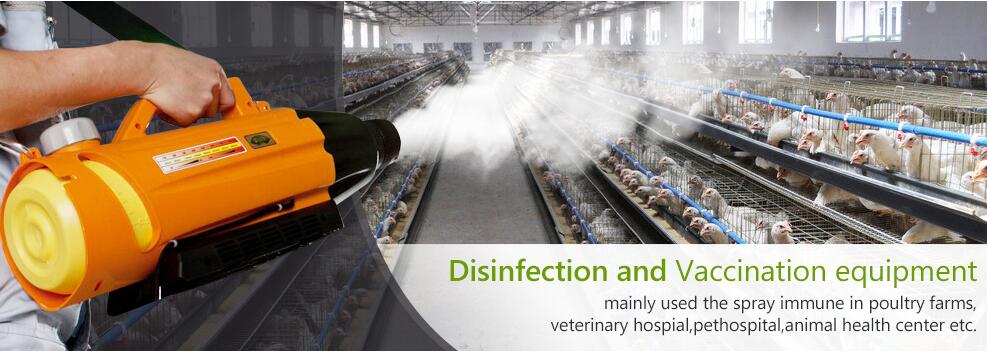
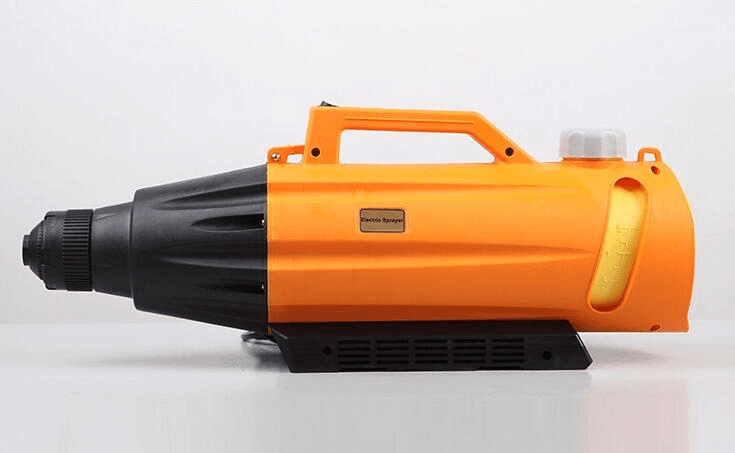
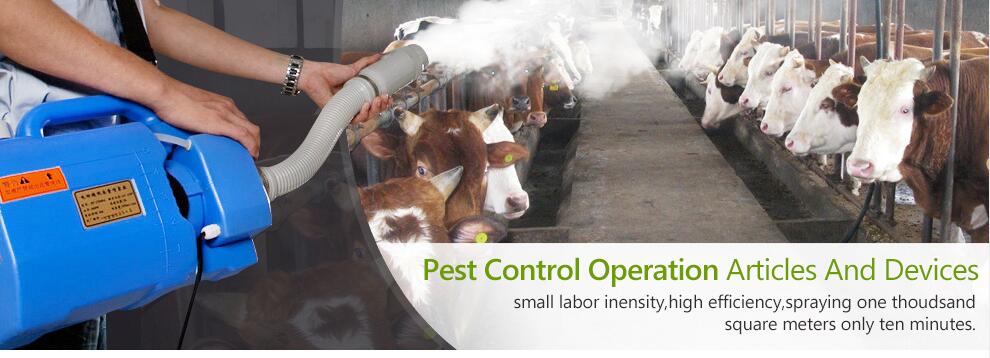
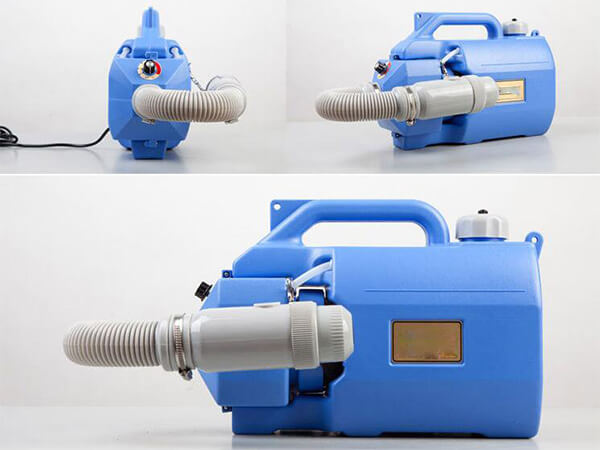
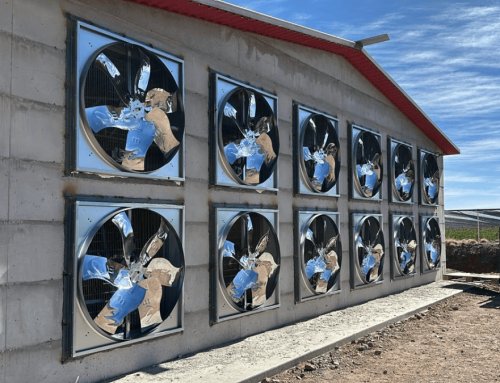
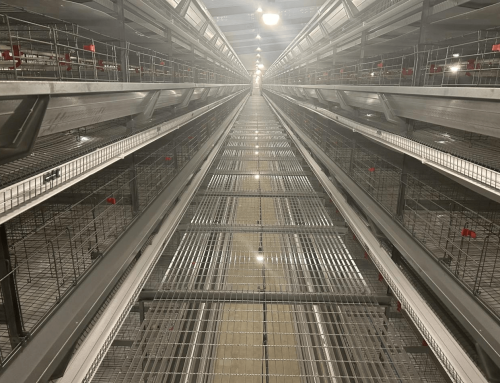
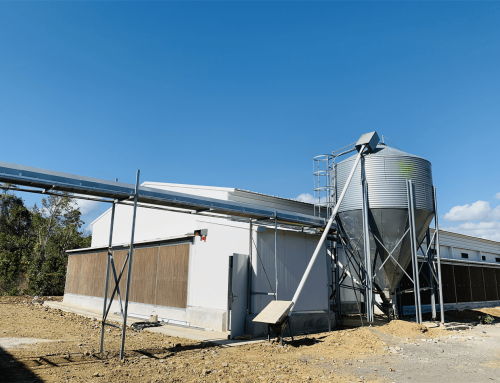
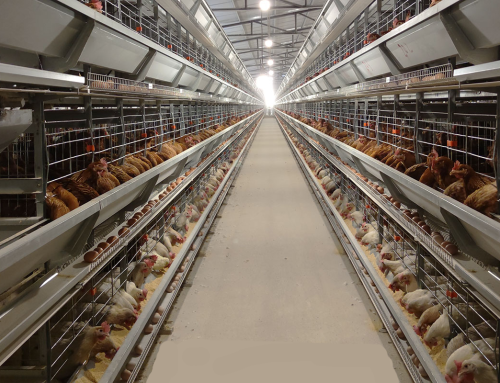
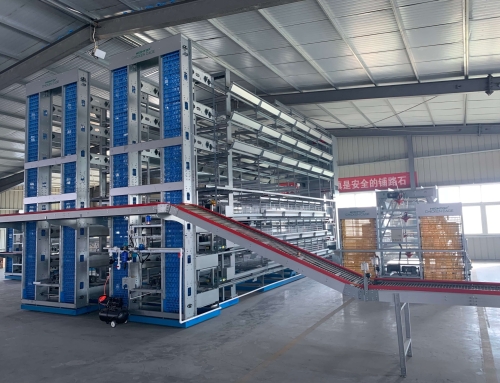
Leave A Comment